Keeping CBP field officers safe along maritime borders and ports of entry
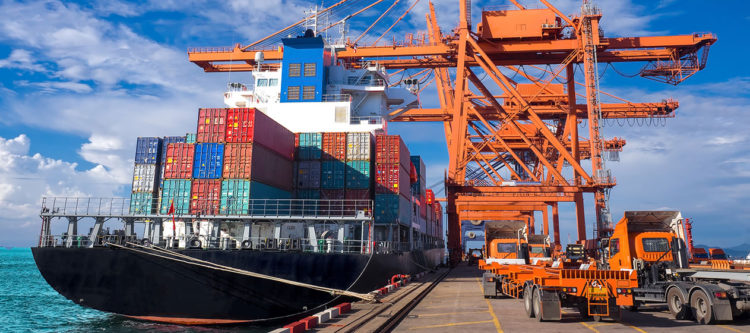
If asked where the U.S. Customs and Border Protection agency (CBP) predominantly operates, most Americans would immediately respond, “The southern border.” That’s because there is no lack of movies, news reports, and television shows that have depicted America’s southern border as a lawless area constantly being traversed by smugglers and criminals that need to be kept from entering our country. It sells the narrative.
While it’s true that the southern border is a major focus of the Customs and Border Protection agency, it’s not the only area in need of policing. And, those other areas and deployments often have to operate with fewer staff and resources than what is deployed to the southern border.
This was a sentiment that former National Deputy Chief of the U.S. Border Patrol, Scott A. Luck, shared when explaining the situation at America’s northern border in a 2021 interview with The Last Mile:
“The combined border between the U.S. and Canada is approximately 5,500 miles long. It is more than twice the size of the southern border, but has considerably less resources and probably a tenth of the number of agents. When I was at headquarters, the northern border had 2,377 agents. The southern border had nearly 17,000 agents.”
But just because the southern border is the one most frequently depicted in the media, and gets the most resources, doesn’t mean that CBP officers in other places don’t also have incredibly important and incredibly dangerous jobs.
Big problems at sea and ports of entry
There are ports of entry on every border – including maritime borders – that are in need of patrol and law enforcement activities. This is especially true today, as maritime ports of entry become increasingly used by drug smugglers to get illegal products into the country – fueling the fentanyl and opioid crisis.
… the solution is mobile mesh networking, which is already being utilized at the southern border to keep Border Patrol agents connected even when traditional communications tools and networks are denied or aren’t available.
In fact, a recent three-part series of articles by Bloomberg illustrated how a number of, “cocaine superhighways,” have emerged utilizing the same ships that are carrying fresh fruit and vegetables from South America to points around the globe. The use of these legitimate shipping operations and shipping lines to transport illegal drugs has created what the Bloomberg writers fashionably coined, “The Golden Age of Cocaine.”
The Office of Field Operations (OFO) branch of CBP is responsible for policing maritime borders and ports of entry in partnership with local law enforcement. With ships at sea and ports of entry becoming instrumental in drug smuggling and other illegal operations, CBP officers responsible for maritime interdiction operations can find themselves having to stop, confront, and search cargo ships and other vessels that may be carrying drugs and drug smugglers. And that can be a very dangerous assignment.
Less than four months ago, a U.S. Border Patrol agent was killed – and two others wounded – when attempting to approach a vessel suspected of conducting smuggling operations off of the coast of Puerto Rico. Later that same day, another vessel was intercepted by the Border Patrol carrying weapons and other “contraband.”
Today’s CBP is faced with maritime borders and ports of entry that are incredibly dangerous. And that reality is only made worse by the challenges that the maritime environment creates with communications and situational awareness.
Patrolling vessels without comms
The largest container ships in use today can be as long as a quarter mile (approximately 1,300 feet). That’s about five New York City blocks in length. They can also be more than 200 feet wide and approximately 20 stories tall. These are massive vessels made out of solid steel, and the insides of these vessels effectively function as faraday cages – eliminating any cell phone or radio signals from transmitting in them.
When CBP field officers conducting maritime interdiction operations board a cargo ship or other large vessel, they’re entering the unknown. They don’t know if there is illegal cargo onboard. They don’t know if all of the crew will be friendly. And they certainly don’t know if they’re going to meet any hostility. Worse, they may not be able to communicate with their teammates in the cargo holds or the engine room.
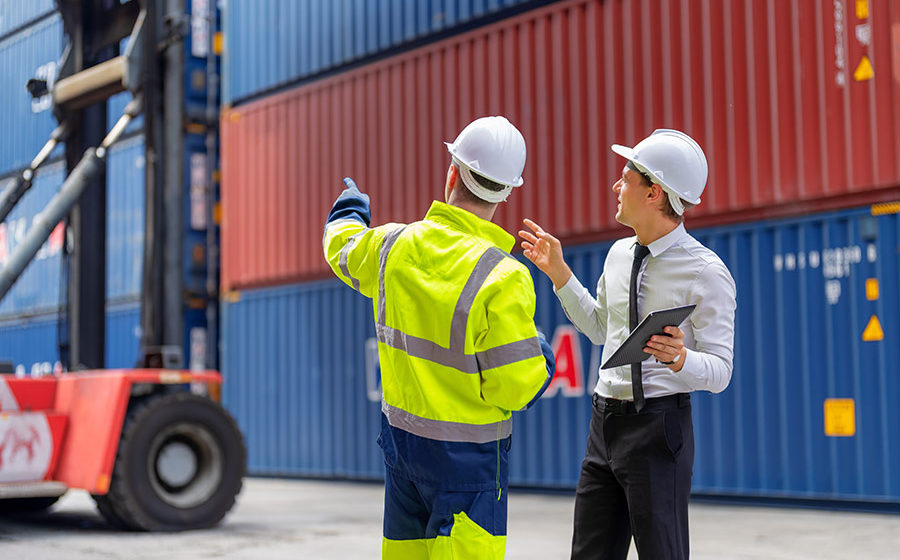
Since the construction of these large vessels effectively keeps communications signals from escaping, it can be difficult for officers inside the ship to communicate with those that are outside of the ship. In fact, because of the size of these ships, it can be difficult for officers on the bridge of the ship to communicate with those in the belly of the ship. Or for officers at the bow of the ship to communicate with those at the stern of the ship.
This is a major problem, since agents that are met with hostility or violence in the engine room or a crew person’s quarters may not be able to call for help from someone on the bridge, in another part of the ship, or in another vessel.
But is that a very likely scenario? Considering a recent maritime drug bust found that one-third of the crew of a container ship had helped to smuggle more than 20 tons of cocaine on board – with an estimated value of $1 billion – the answer to that question, if you couldn’t tell, is a resounding, “Yes!”
So how can the Office of Field Operations ensure that its officers can communicate and call for assistance when they’re conducting maritime interdiction operations? The answer could be a solution that’s already being used by the CBP to connect agents at the southern border.
Mobile mesh enables connectivity in the belly of the beast
Many of the same communications challenges that face the air and marine operations branch of the Border Patrol are ones that face agents at the southern border. In both cases, operations might have to be run in remote locations that have no access to terrestrial communications networks. And, in both cases, agents might find themselves confronting drug smugglers or conducting other dangerous operations as a small team, isolated from backup or assistance.
There are ports of entry on every border – including maritime borders – that are in need of patrol and law enforcement activities. This is especially true today, as maritime ports of entry become increasingly used by drug smugglers to get illegal products into the country…
Since the scenarios and challenges are similar, it should come as no surprise that the solution could also be the same. In this case, the solution is mobile mesh networking, which is already being utilized at the southern border to keep Border Patrol agents connected even when traditional communications tools and networks are denied or aren’t available.
The same properties that make mobile mesh a viable communications tool in subterranean environments contribute to mobile mesh working throughout cargo ships and other vessels. Also, since mobile mesh networking solutions effectively receive and retransmit signals, each node or radio can be used as a relay, extending connectivity into the deepest and most isolated locations – even the engine room of a cargo ship.
A team recently conducted a notional ship boarding and personnel accountability action on a 900 foot cargo ship to test the capabilities of mesh networking devices which provided full personnel location coverage and messaging during the entirety of the exercise. A static command relay was left onshore to mimic a command and control node which never lost coverage of the team on the ship.
The southern border may get all of the attention, but America’s maritime borders and ports of entry need to be policed, as well. With “cocaine superhighways” carrying billions of dollars of illegal cargo from port to port, the need for CBP to police our oceans is larger than ever. But for CBP Field Agents to be safe and effective in their jobs, they need communications and connectivity – even in the hull of a massive ship. Mobile mesh is the answer for keeping these officers connected, and keeping them safe.


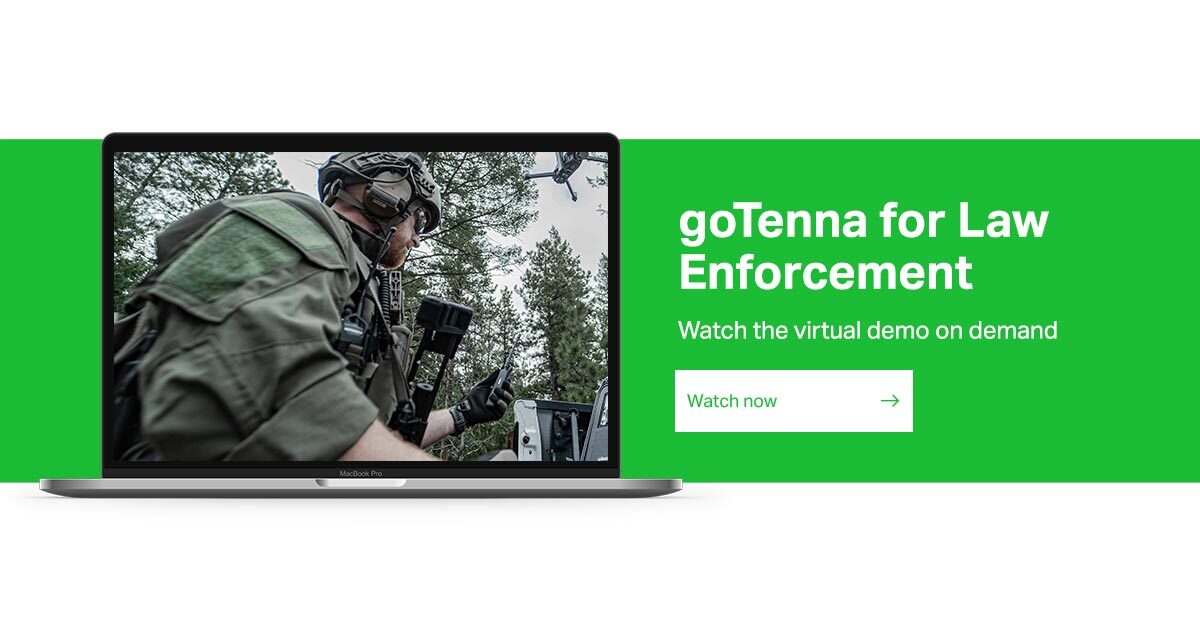

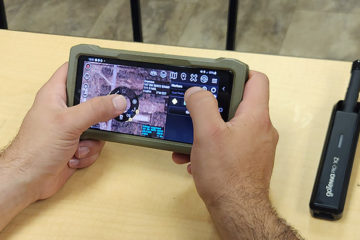
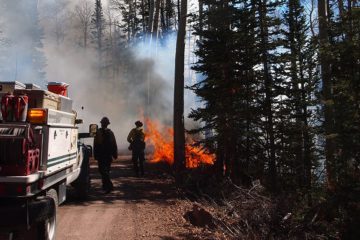


1 Comment
Great email Michael, keep up the good work.